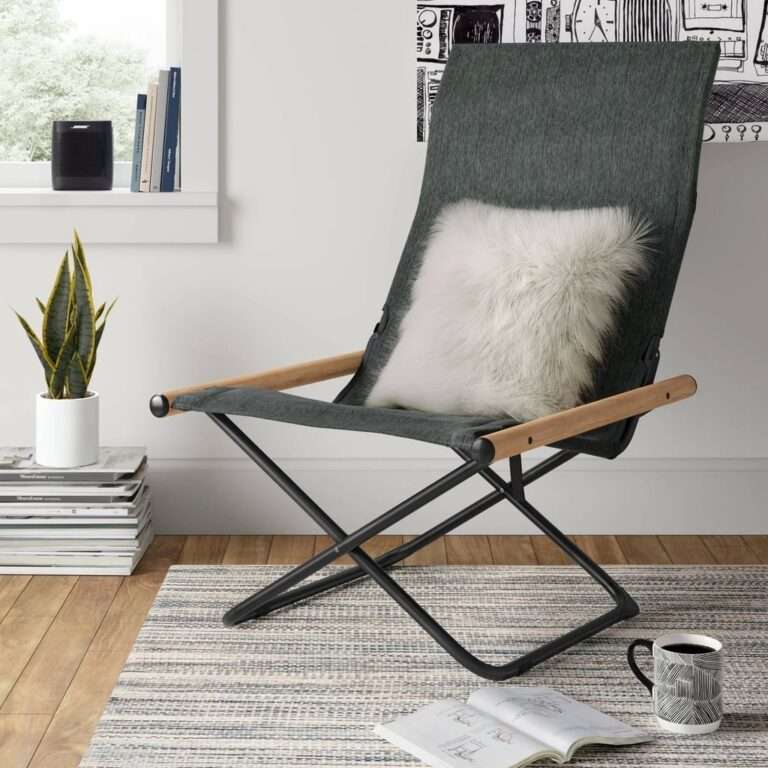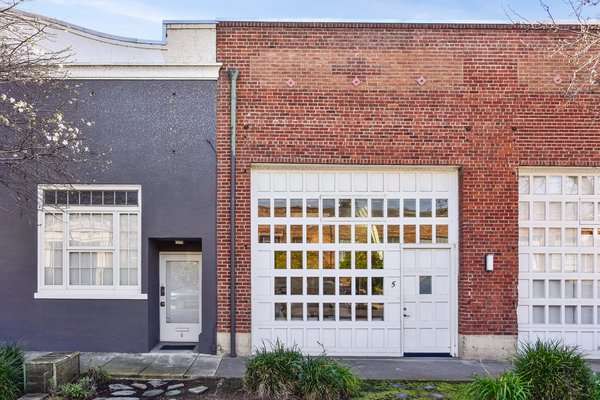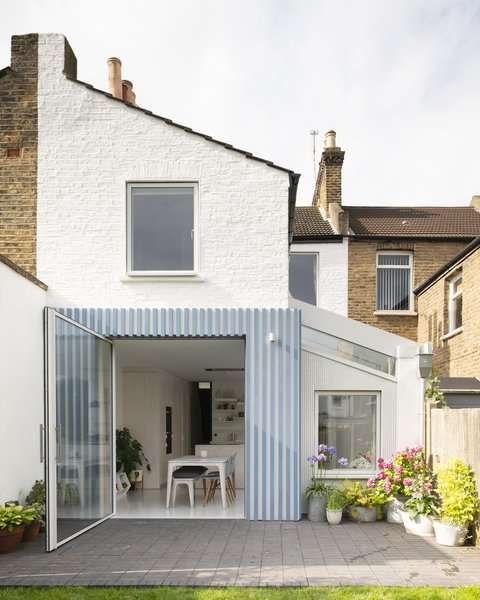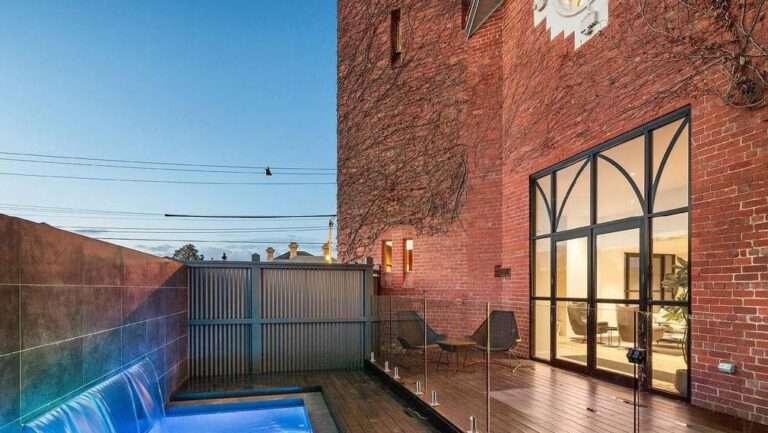A West Australian couple is building what is widely thought to be Australia’s first domed house made from bags of dirt.
Acutely aware of the high costs of homeownership but unwilling to give up on the Great Australian Dream, Kate and Scott Ryan-Taylor embarked on an unusual house build on their 27-acre block in the Great Southern town of Kendenup.
The couple estimates it will cost $30,000 to use bags filled with local soil, clay and gravel to create their five room, 85sqm corbelled dome castle.
The house will be the first domed earth bag house in Australia to receive full council approval.
“We were essentially looking at something that we could pay off so we aren’t working until we’re 70 or 80,” Kate Ryan-Taylor says.
“We’ve had friends who have made that mistake and never got to enjoy the place. We don’t want to repeat their mistakes.
“We wanted to be able to actually afford a home and we were looking at alternatives to having a builder come in because, especially living in the country, the cost is a lot higher, it takes longer.
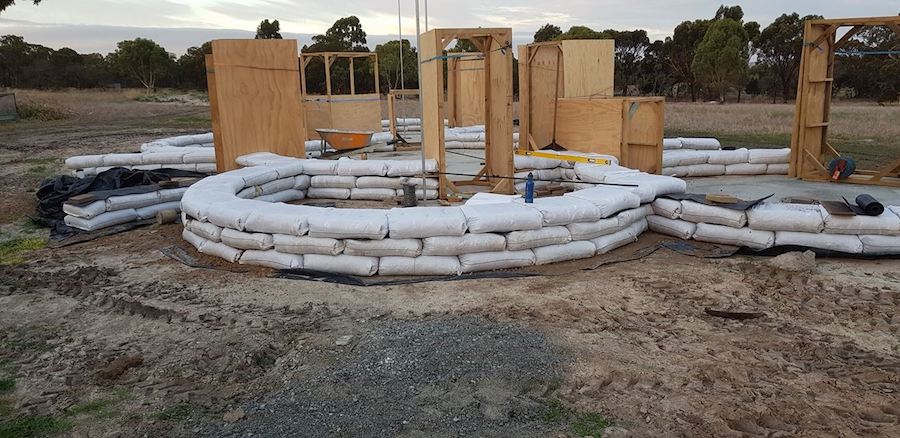
The five-bedroom property will be made from bags filled with local soil, clay and gravel. Picture: supplied
“Friends of ours are paying close to $300,000 for a home about the same size to be built – and that’s basically a kit home.”
The natural building technique, by which sacks are filled with organic material on the site, has long been used for military bunkers and temporary flood control.
Built on a concrete pad, the Kendenup house is a series of corbelled domes constructed from earth bags and barbed wire. It will initially be rendered with mud and hay before a second layer of lime render is applied.
Ryan-Taylor says until now domed earth bag houses in Australia have been rendered with concrete, not natural materials.
“Everyone is making small steps, but this is a huge leap.”
Ryan-Taylor says earth bags appealed because it was straight-forward, easy to learn and “not as back-breaking” as constructing mud bricks.
“We started looking at all sorts of things from the kit home to the precast concrete to even modular homes. The reality was that the combination of price versus value for what you’re getting and how long they stay standing is that rammed earth actually stays up longer.
“When you look at the different methods of rammed earth, for instance the mud bricks versus earth bags, earth bags is so easy.
“We have allowed $3500 for the walls and it’s going to be about $1200 for the walls. The majority of the cost is electrical and plumbing. We’ve allowed $10,000 for plumbing and $15,000 for electrical.”
The couple purchased plans from US earthbag guru Owen Geiger and made modifications, including altering the layout and increasing some room sizes, to suit their needs. They also made some technical changes to meet Australian building code standards.
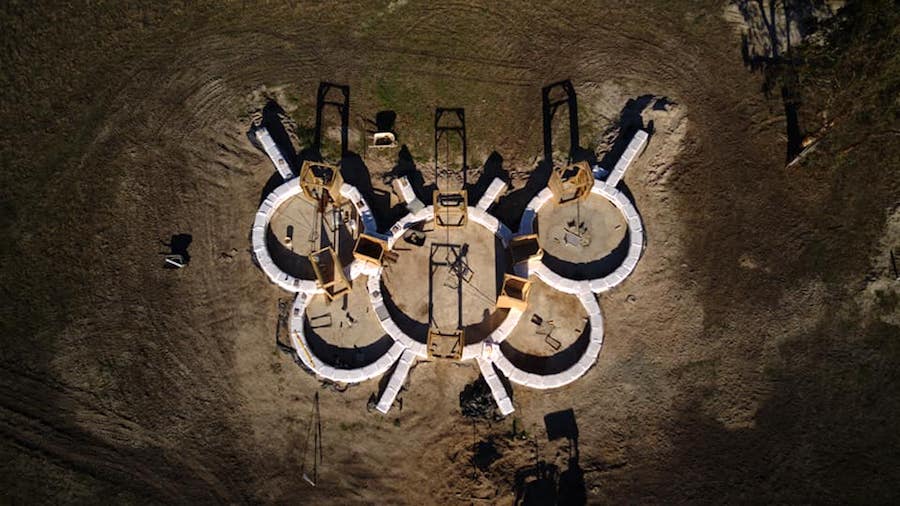
The couple have asked for volunteers to help build their home. Picture: Supplied
They have invited volunteers from across the country to stay on their property and help with the construction. This month, a volunteer from South Australia will join the project.
In exchange, volunteers learn first-hand the process of building with earth bags.
“You can do workshops on this over east but they charge $500 to $800 a head,” Ryan-Taylor says.
“We’re saying: do it for free. You’re helping us and we’ll help you. Our point of difference is that we’ve passed building code so everyone is asking ‘how did you do that?’.”
Ryan-Taylor says the prospect of escaping the mortgage trap and being debt-free sooner than conventional homeowners was a big drawcard.
“It means we will be able to retire in our early 40s or 50s and enjoy life,” she says.
“We have plans for a food forest, and having a semi self-sustaining lifestyle is the goal that we are working towards.
“We’ve planted about 80 fruit trees on there in different spots, but they’re not in traditional orchards. They’re in groups in amongst the bush trees in different areas so we can have self-pollination on the land.
“The focus at the moment is the building and once the building is done we can put more effort into doing all the different things on the land.”
